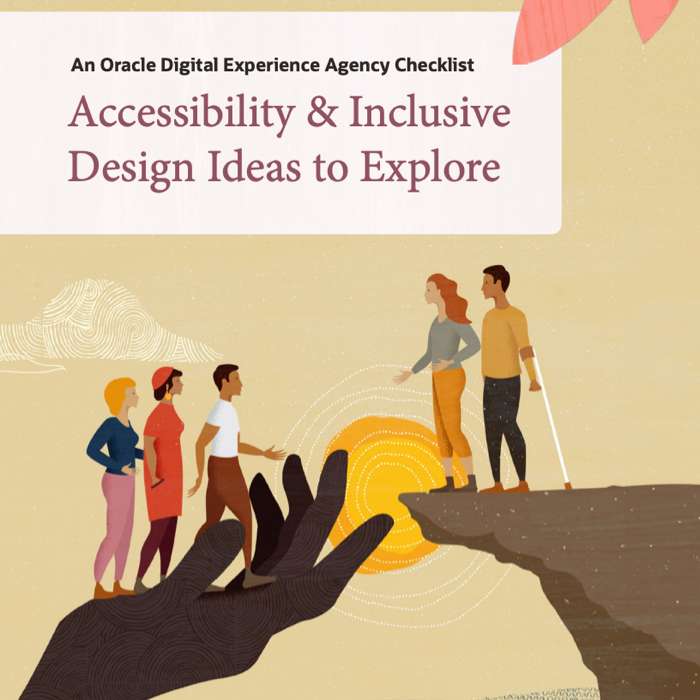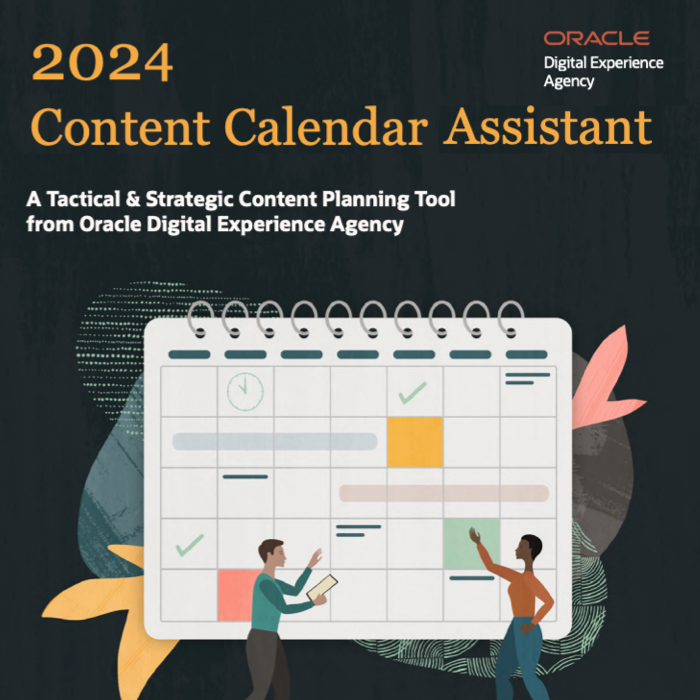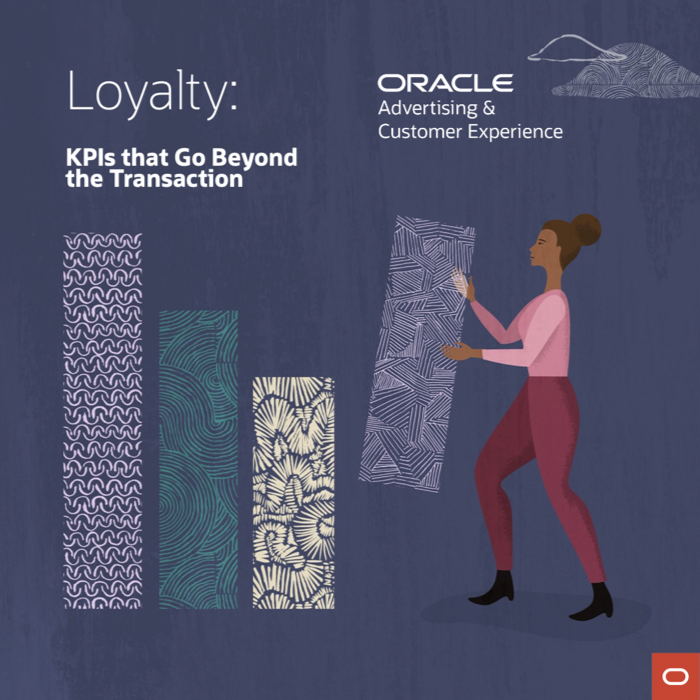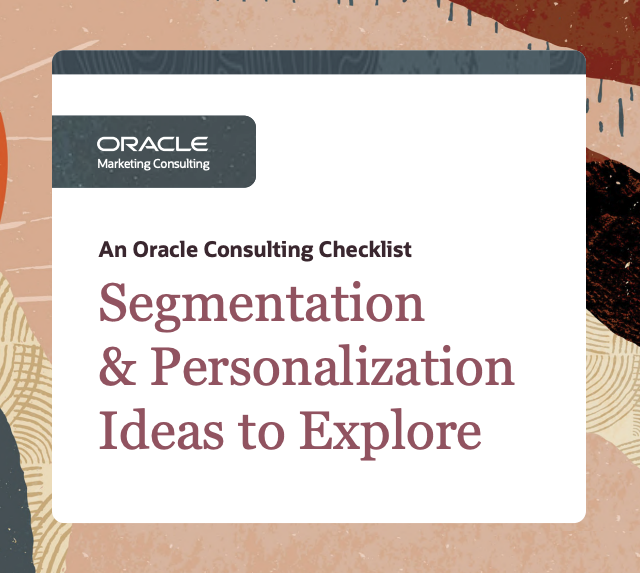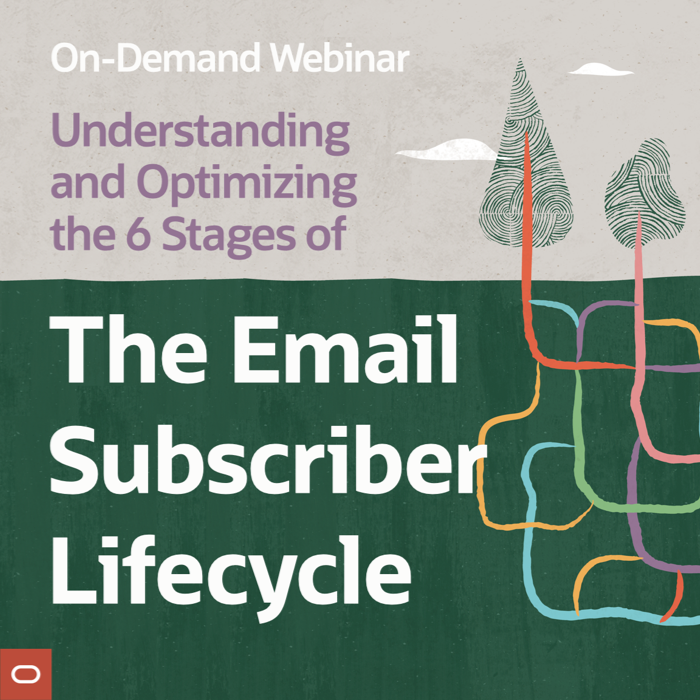Design Analytic: Identify and Solve Actual Problems

Marketers have access to innovative technologies and massive amounts of data to enable connected customer experiences, but time and time again we see our clients struggling to activate it all. Marketers are defining their strategies, selecting key performance indicators, and determining the customer experiences they need to drive those KPIs. Then they’re working with their data scientists and analytics experts to get the reports and models they need.
And that’s the source of the problem.
To understand why, let’s compare marketing to the evolution of car engineering. As automotive technology advanced, the industry recognized the need for a new kind of worker, engineers, who became critical to the design and innovation phases of product development. While modern marketing has acknowledged the need for engineers to execute as our technology and capabilities have advanced, we’ve left our data and analytics teams on the production line.
We’ve siloed our analytics team members, so even though they’re doing what we’re asking them to do, we’re often not driving the results we want. The problem isn’t in the execution, but in the design phase. We’re strategizing and building solutions without one of the key engineers in the room—the analyst.
In this post, Oracle CX Marketing Consulting’s Kaiti Gary and Jennifer Key argue that design analytics is the solution to this disconnect. They explain who needs to be involved to make design analytics work and what steps are involved. Then they share an example scenario so you can see how design analytics works in action.
 Email Marketing Rules
Email Marketing Rules





